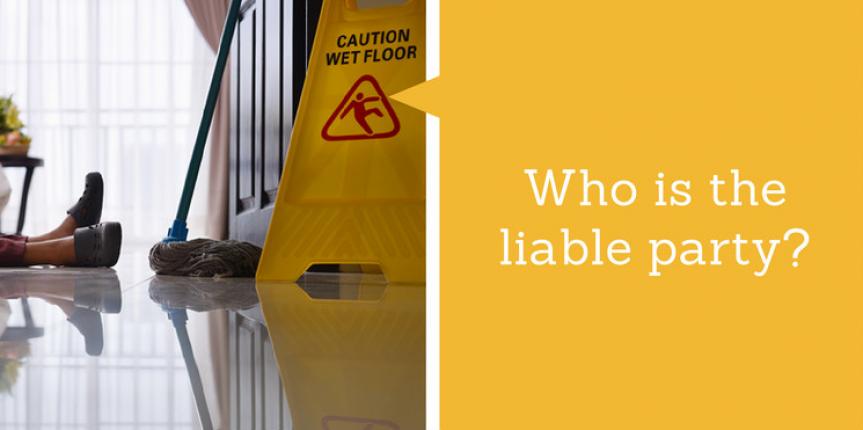Factors Used in Determining the Liable Party in a Slip and Fall Case
Most of us have experienced the embarrassment of slipping and falling, hoping that no one witnessed.
Falls are one of the leading causes of unintentional injuries in the United States, accounting for approximately 8.9 million visits to the emergency room every year.
National Safety Council
People often slip and fall due to unforeseen tripping or slipping hazards in a variety of settings. These tripping or slipping hazards are sometimes the result of property that is not maintained in accordance with the law, or by the carelessness of others.
Premise owners are typically charged with clearing public sidewalks in front of their premises, and to maintain their premises so as not to pose a danger to members of the public who are passing by on a public street or sidewalk.
There are several factors in determining who is legally responsible for injuries suffered from slipping and falling. As a general rule of thumb it is the duty of an owner to exercise reasonable care in the maintenance of their premises and to warn a visitor of any potentially dangerous conditions that are unknown by the visitor.
The following factors are used in determining the liability of a slip and fall accident:
- Did the owner of the premises or an employee cause a dangerous condition?
- Did the owner of the premises or an employee know about the dangerous condition but ignore it?
- Should the owner of the premises or an employee have known about the dangerous condition? (i.e. a reasonable person taking care of the property would have discovered and removed or repaired the dangerous condition)
Business owners who want to prevent slip and fall accidents should consider establishing a program that addresses prevention as well as employee response if someone does get injured. Every person has a responsibility to be aware of his or her surroundings and make efforts to avoid potentially dangerous conditions.






